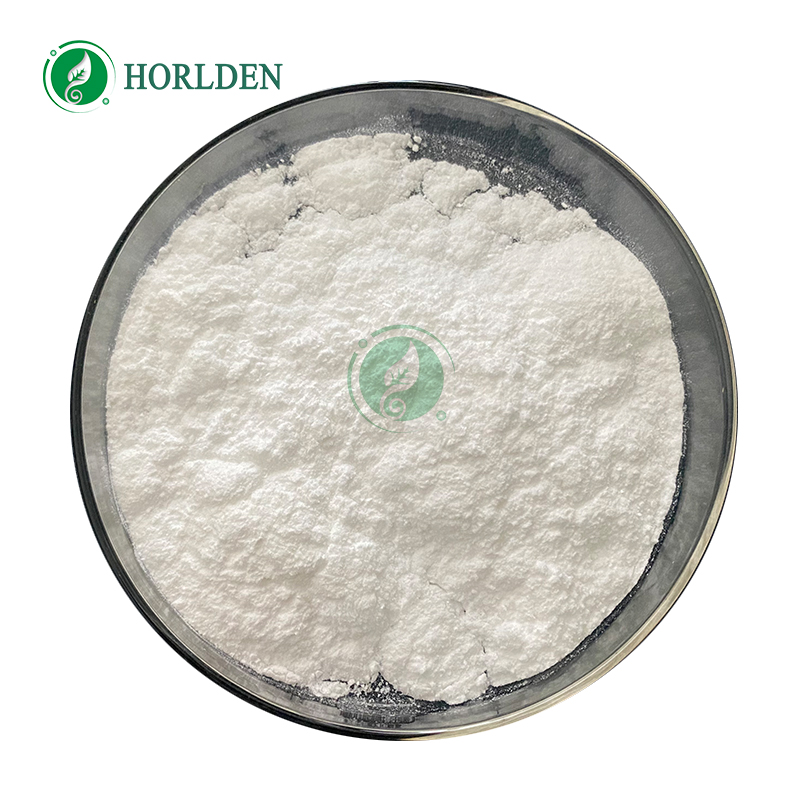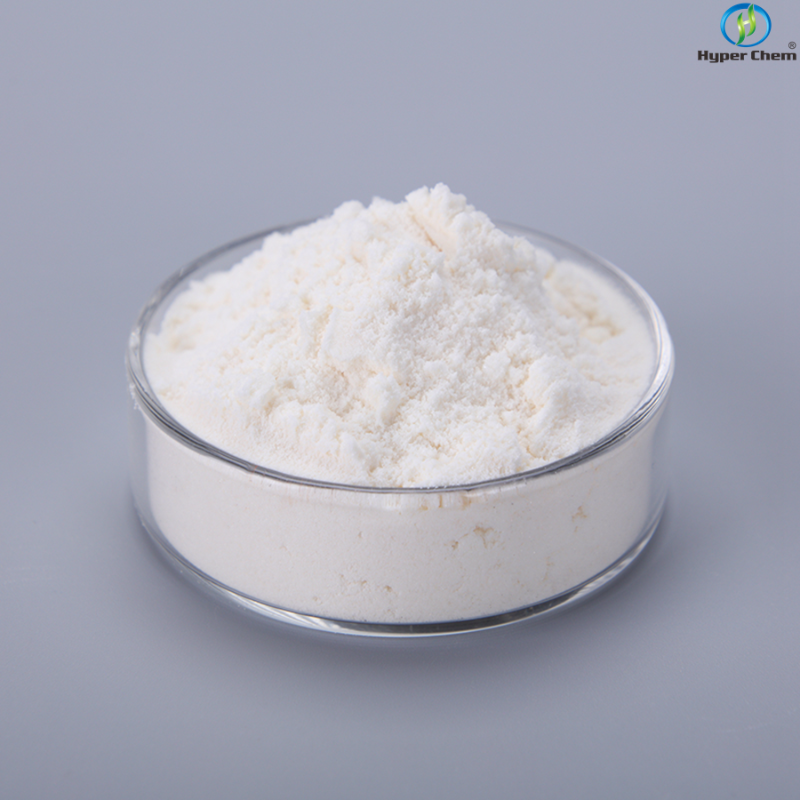-
Categories
-
Pharmaceutical Intermediates
-
Active Pharmaceutical Ingredients
-
Food Additives
- Industrial Coatings
- Agrochemicals
- Dyes and Pigments
- Surfactant
- Flavors and Fragrances
- Chemical Reagents
- Catalyst and Auxiliary
- Natural Products
- Inorganic Chemistry
-
Organic Chemistry
-
Biochemical Engineering
- Analytical Chemistry
-
Cosmetic Ingredient
- Water Treatment Chemical
-
Pharmaceutical Intermediates
Promotion
ECHEMI Mall
Wholesale
Weekly Price
Exhibition
News
-
Trade Service
In the chemical industry, the terms upstream and downstream products are used to describe the various stages of the production process.
Upstream products refer to the raw materials or intermediates that are used to produce the final product, while downstream products refer to the final product or the finished goods that are produced using the raw materials or intermediates.
In the context of the production of (17a,20E)-17,20-[(1-Methoxyethylidene)bis(oxy)]-3- , the upstream products would include the raw materials that are used to synthesize this compound, such as the various reagents, solvents, and catalysts that are required for the synthesis process.
These raw materials are typically sourced from various suppliers and are subject to strict quality control measures to ensure that they meet the necessary standards for use in the production process.
The upstream products also include the intermediates that are produced during the synthesis process.
These intermediates are temporary products that are used to produce the final product, and they must meet certain quality standards to ensure that they can be used effectively in the next step of the production process.
The intermediates are typically produced in bulk quantities and are stored until they are needed for the next step of the production process.
The downstream products of (17a,20E)-17,20-[(1-Methoxyethylidene)bis(oxy)]-3- include the final product, which is the active ingredient in a variety of pharmaceuticals and other healthcare products.
This compound is typically produced in small quantities and is subject to strict quality control measures to ensure that it meets the necessary standards for use in pharmaceutical products.
In addition to the final product, the downstream products also include the finished goods that are produced using (17a,20E)-17,20-[(1-Methoxyethylidene)bis(oxy)]-3-.
These finished goods may include a variety of pharmaceutical products, such as tablets, capsules, and liquids, that contain the active ingredient as an integral part of the formulation.
The finished goods are typically produced in large quantities and are marketed and sold to healthcare professionals and consumers worldwide.
The production process for (17a,20E)-17,20-[(1-Methoxyethylidene)bis(oxy)]-3- involves a number of steps, including synthesis, purification, and formulation.
The synthesis step involves the use of various chemical reactions and techniques to produce the compound, while the purification step involves the use of various chromatography and crystallization techniques to remove impurities and isolate the pure product.
The formulation step involves the addition of other ingredients, such as excipients and preservatives, to produce the final product.
The production process for (17a,20E)-17,20-[(1-Methoxyethylidene)bis(oxy)]-3- is typically carried out in a controlled environment, such as a laboratory or a manufacturing facility, to ensure that the product is produced to the highest standards of quality and purity.
This typically involves the use of specialized equipment and instrumentation, such as reactors, chromatography columns, and spectrophotometers, to carry out the various steps of the production process.
The production of (17a,20E)-17,20-[(1-Methoxyethylidene)bis(oxy)]-3- is an important part of the pharmaceutical industry, as it plays a critical role in the development of new drugs and therapies.
The compound is used as an intermediate in the production of a variety of pharmaceuticals, and its effectiveness and safety are carefully studied and evaluated before it is approved for use in humans.
In conclusion, the upstream and downstream products







